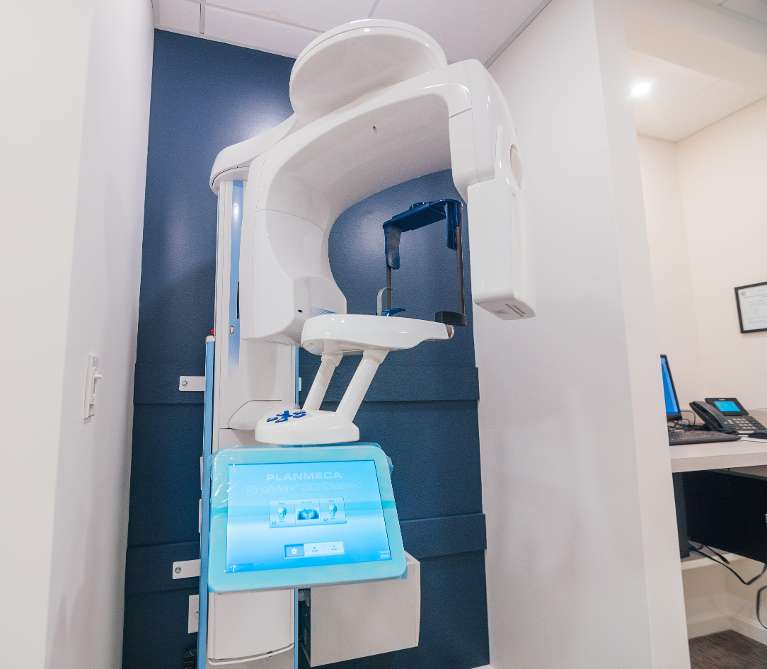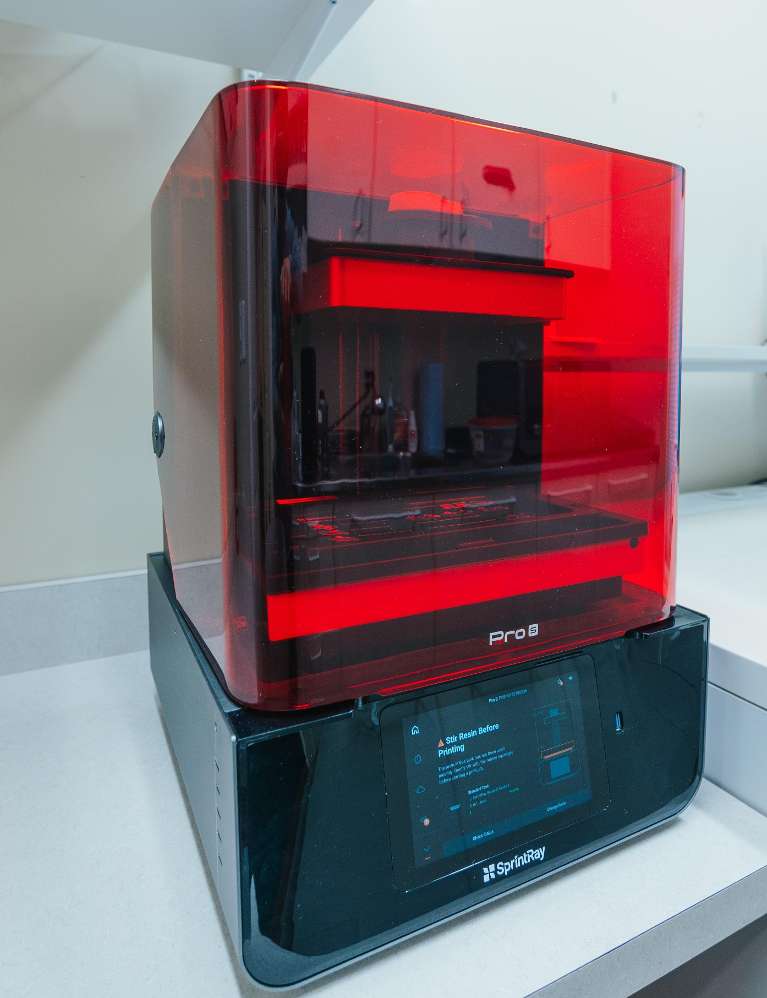We couldn’t call ourselves the Center for Progressive Dentistry without implementing some of today’s latest and greatest dental technologies. Our use of technology is aimed at making your dental visit more comfortable, accurate, and safe. Read more about our technology below to see how it may benefit your next dental appointment.

CBCT (3D X-Rays)
You won't find this technology at most general dentistry and even specialist offices. While most dental X-rays are two-dimensional, Cone Beam Computed Tomography (or CBCT) allows for visualization of the oral cavity in three dimensions. This can be extremely important in locating important anatomical structures in the jaws prior to dental surgery, such as nerves or sinuses.
CBCT can be used to locate root fractures and diagnose failed root canals, which may be causing an infection without your knowledge. Read Dr. Scardella's blog about this amazing new technology here.
Digital Impression Scanner – 3Shape by Trios
One of the main complaints dentists receive from their patients is regarding dental impression material. You might know it better as the goopy stuff is placed over the teeth to take a mold of them. Now we can greatly reduce the amount of impression material needed for your appointment and, in some cases, eliminate it completely.
Our scanner is the top product on the market and quickly and accurately scans your teeth to a computer screen. This information can then be sent digitally to our dental lab for the fabrication of crowns, bridges, veneers, and implant crowns. Watch this video to see our scanner in action:

3D Printer
3D Printing is the future of digital dentistry. Using CAD/CAM and AI software, offices can 3D print dental models, nightguards, surgical guides, as well as temporary and permanent crowns. 3D Printing is the fastest growing technology in dentistry and the range of uses and applications is rapidly changing.
Digital Radiographs (X-Rays)
The benefits of digital radiographs are many. Instant display of the image means shorter treatment time. There is far less radiation – up to 90% less exposure – than with conventional dental x-rays. We follow the ALARA principle for exposing our patients to radiation, which stands for As Low As Reasonably Achievable.
We have the capability to take both intraoral and panoramic digital radiographs. This means we can either focus in on one specific area or problem or look at the mouth as a whole. Radiographs are a key component to properly diagnosing dental diseases. If you have any questions or concerns about x-rays, please ask Dr. Scardella at your next visit.









